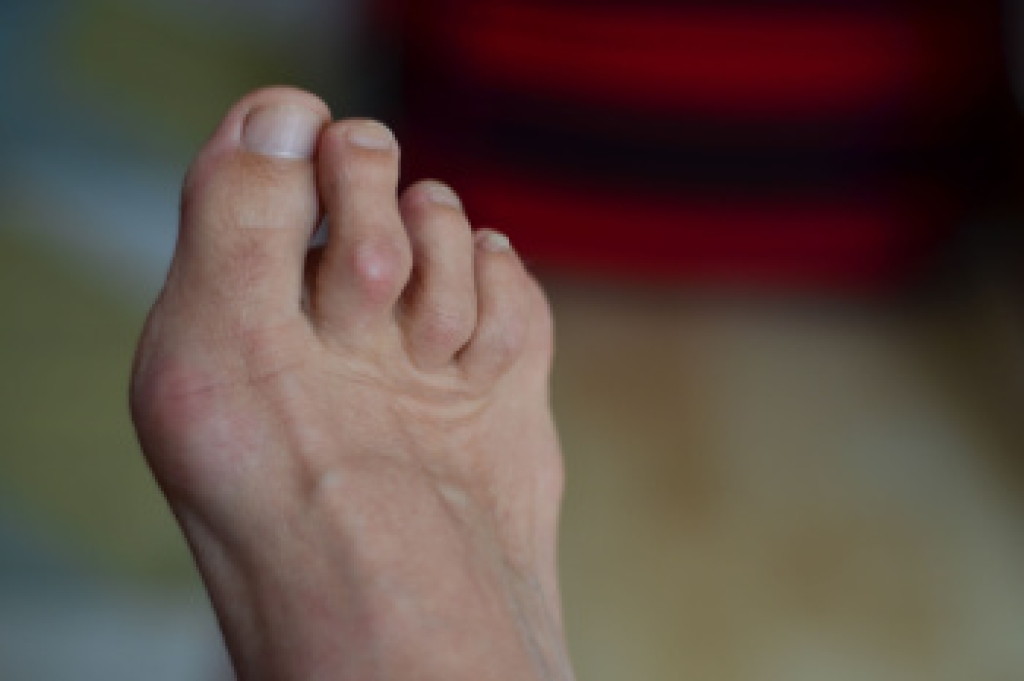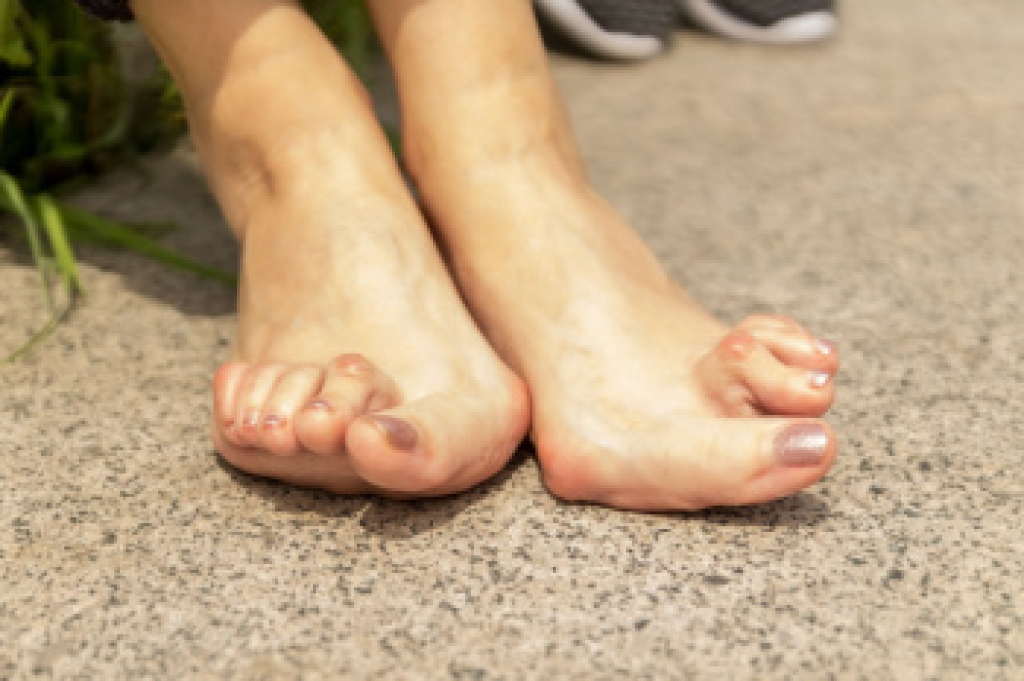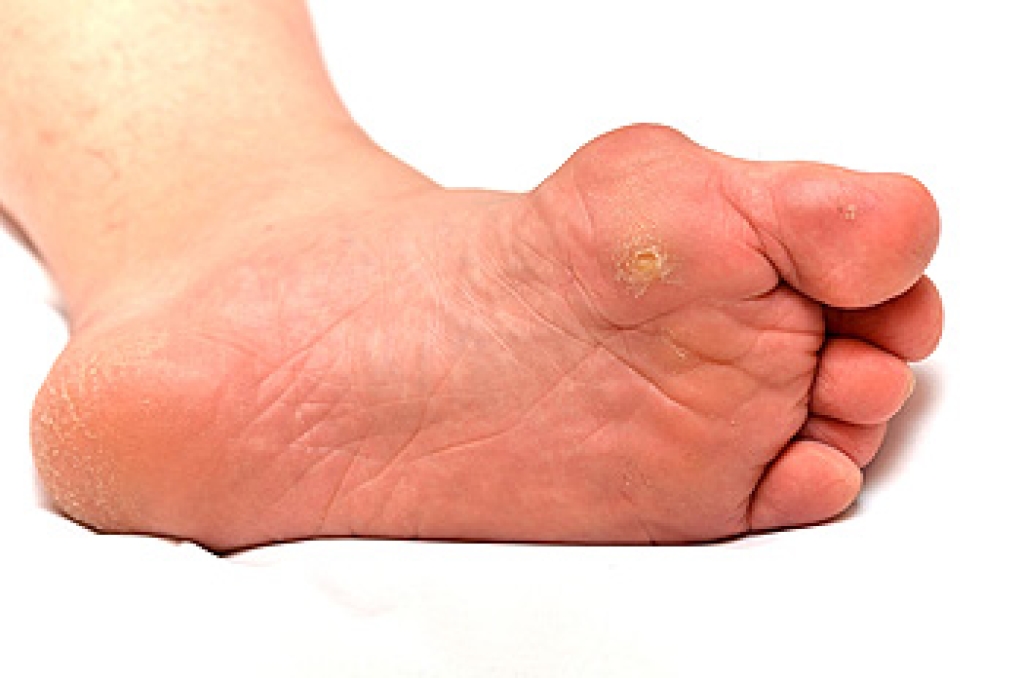
Hammertoe is a common toe deformity in which a toe curls down instead of pointing forward, often affecting the middle joint. This abnormal position can lead to discomfort, irritation, and difficulty wearing shoes. Hammertoe may develop due to a prior toe injury, arthritis that alters joint structure, or a high foot arch that creates muscle imbalance. Wearing shoes that do not fit right, especially those that are tight or narrow in the toe box, can worsen the condition over time. As the toe remains bent, pressure and friction may cause pain, corns, or calluses. A podiatrist can diagnose hammertoe and create a personalized treatment plan that may include footwear guidance, custom orthotics, exercises, or advanced care, if needed. If you have toe pain from hammertoe, it is suggested that you consult a podiatrist who can offer effective relief and treatment solutions.
Hammertoes can be a painful condition to live with. For more information, contact our podiatrists of Superior Foot & Ankle Center. Our doctors will answer any of your foot- and ankle-related questions.
Hammertoe
Hammertoe is a foot deformity that occurs due to an imbalance in the muscles, tendons, or ligaments that normally hold the toe straight. It can be caused by the type of shoes you wear, your foot structure, trauma, and certain disease processes.
Symptoms
- Painful and/or difficult toe movement
- Swelling
- Joint stiffness
- Calluses/Corns
- Physical deformity
Risk Factors
- Age – The risk of hammertoe increases with age
- Sex – Women are more likely to have hammertoe compared to men
- Toe Length – You are more likely to develop hammertoe if your second toe is longer than your big toe
- Certain Diseases – Arthritis and diabetes may make you more likely to develop hammertoe
Treatment
If you have hammertoe, you should change into a more comfortable shoe that provides enough room for your toes. Exercises such as picking up marbles may strengthen and stretch your toe muscles. Nevertheless, it is important to seek assistance from a podiatrist in order to determine the severity of your hammertoe and see which treatment option will work best for you.
If you have any questions, please feel free to contact our office located in Long Beach, CA . We offer the newest diagnostic and treatment technologies for all your foot care needs.




